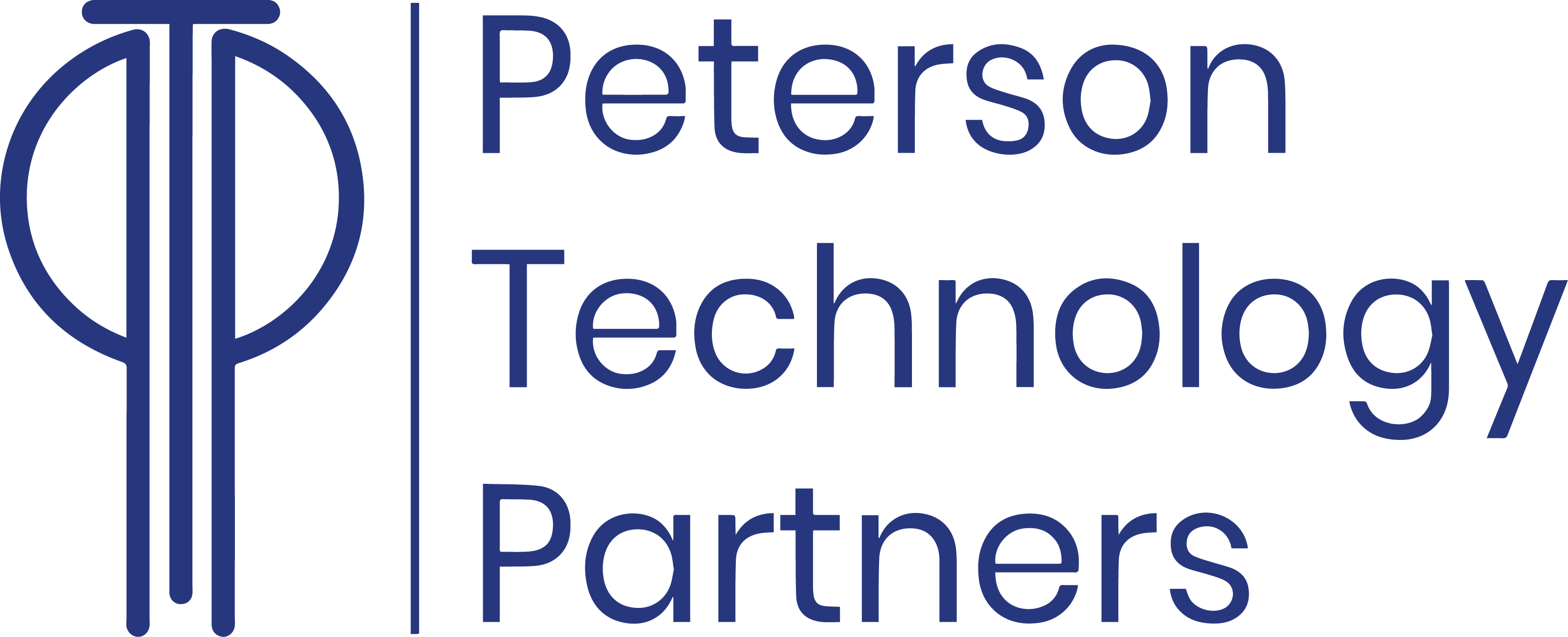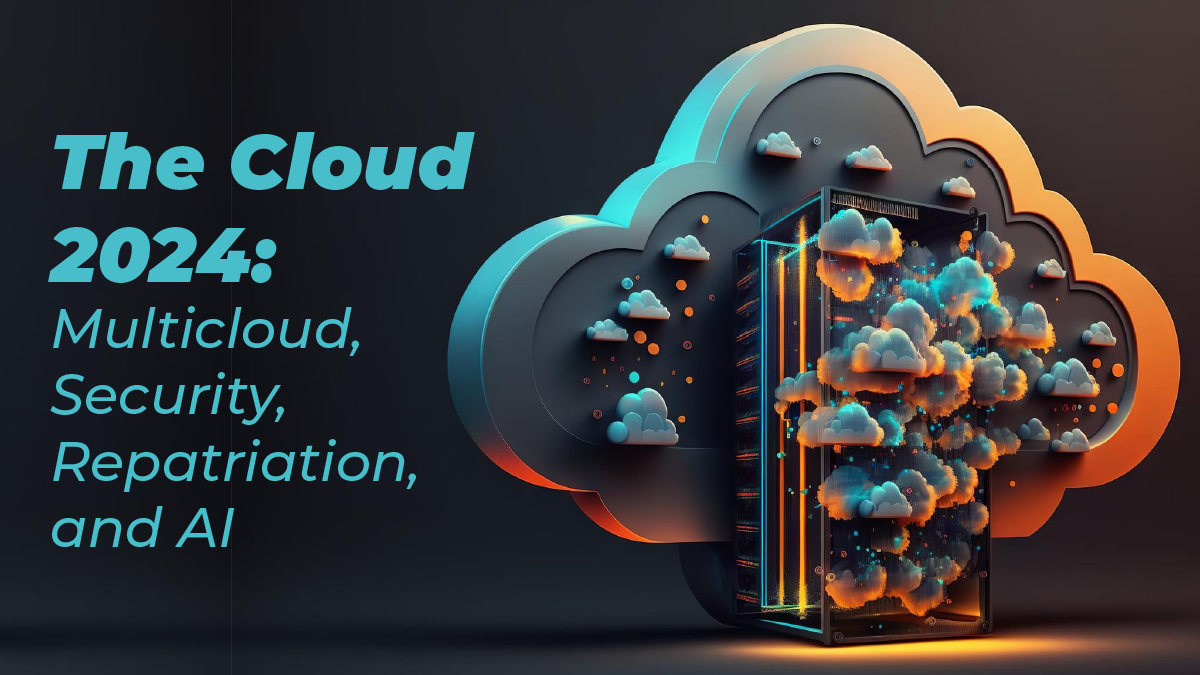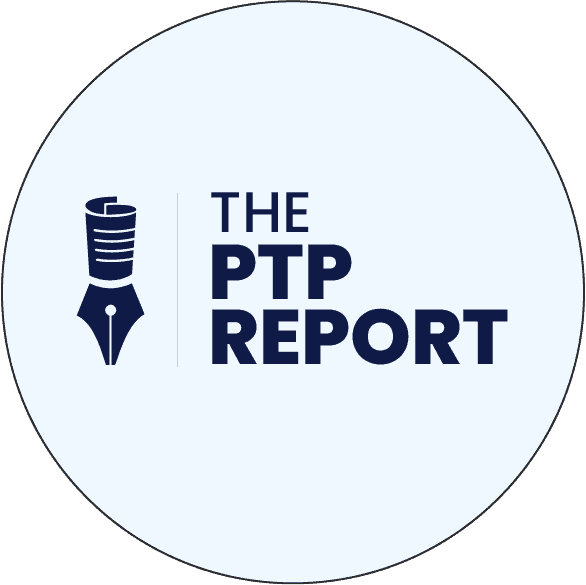By 2025, it’s estimated that half the world’s data—100 of 200 total zettabytes (each a trillion gigabytes)—will be in the cloud.

With this scale of adoption, it’s no surprise that the cloud is increasingly a target for cybercrime and this means it’s also a constantly shifting concern in cybersecurity.
Vendor lock-in—where an organization becomes so attached to a single vendor for a service (such as cloud) that they can’t untangle themselves to try others—is nothing new. It’s also an increasingly common problem, with ever-more bundled services and even serverless solutions (for example: charging by function use) tied by provider. Many organizations are badly in need of optimizing or refactoring for the cloud, to address spiraling costs.
Many organizations already employ multi-cloud strategies, but will increasingly move to this model, and/or partial (or even full) repatriation of their data and services. These approaches can help companies cut costs and freely select from the best-of-breed options, which are changing almost daily.
It’s 2024, so there’s AI to consider, too. The integration of artificial intelligence (AI) is one of those options, and it’s reshaping the way organizations approach their digital life, cloud use included.
In this article, we’ll take a closer look into each of these trends in the cloud for 2024.
Multicloud is More Than Trendy
Everyone knows that shopping around is at the heart of commerce: consumers look and sample and find the right balance of quality and price for their situation, and that drives competition.
As Gartner VP Analyst Michael Warrilow noted back in 2019, “Most organizations adopt a multi-cloud strategy out of a desire to avoid vendor lock-in or to take advantage of best-of-breed solutions.”
Yet still, in 2024, many organizations must work to further diversify their cloud portfolios, leveraging services from multiple, public cloud providers like Amazon Web Services (AWS), Microsoft Azure, and Google Cloud Platform (GCP). A research report by Virtana found that 94% of IT leaders in 2023 saw cloud storage costs rising.
Some of this is the fault of the companies and how they’re using the cloud, but some of it is due to feeling trapped or locked in by a particular provider.
The benefits of a multi-cloud approach are ample:
- Mitigating vendor lock-in and costs (opening the door to better competition among vendors)
- Lower latency, with the ability to shift workloads more freely as needed
- Increased resilience
- Redundancy can also reduce the risk of downtime
- Greater freedom to use a provider’s unique services, with less likelihood of obsolescence
Companies strategically distributing their workloads across different cloud providers avoid dependency on a single vendor and can better stave off complete exposure from a security breach, for example.
There are concerns as well (making this movement particularly tough for smaller organizations) such as:
- Increased design and management complexity
- Integration challenges with multiple unique systems
- Security and compliance differences between platforms (and overall interoperability)
- Separate billing approaches, with added relationships
If it can be managed and is right for an organization’s scale, a broad multi-cloud approach can be a critical factor in maintaining operational resilience in this rapidly changing technological landscape.
Security Challenges Are Everywhere

Multicloud environments provide significant benefits, but there’s also more complexity in securing distributed infrastructures, and this means openings for cybercrime.
Surveys from French IT firm Thales found that 39% of businesses suffered a data breach in their cloud deployments in 2023, up from 35% in 2022. 38% ranked SaaS applications as the leading target, with their cloud-based storage next at 36%.
More than 360 million people had data exposed by data breaches in just the first eight months of 2023, with a total cost to the world for the year that exceeded $8 trillion. Check out this article by PTP for a review of the year’s top breaches. .
One of the primary challenges when considering security for a multi-cloud architecture is the need for consistent policies across platforms. Each provider has its own set of security tools, protocols, and compliance standards, and managing and enforcing a unified security strategy across them requires strong planning and capable governance.
One option (for those who can afford them) is cloud-native security solutions. These can provide centralized visibility and control—such as through Microsoft Defender, Cloudflare, Oracle, IBM, and Check Point—even for multi-cloud deployments.
Implementing identity and access management (IAM) strategies, encryption, and threat detection across all cloud instances can also help organizations defend against cyber threats and ensure data integrity.
Another aspect of security drawing attention in 2024 is the need to plan for the arrival of quantum computing resources, possibly in the near future.
As with the Y2K planning of 25 years ago that dealt with insufficient data systems, there are growing concerns that quantum computing (on a so-called Q-Day) will be able to run calculations so much faster than binary code that our encryption algorithms are suddenly rendered worthless.
Consider that 128-bit encryption standards are widely considered unbreakable today, yet a theoretical quantum computer with 128 qubits could crack a 128-bit key in just seconds.
The US National Institute of Standards and Technology (NIST) has already selected several algorithms designed to withstand quantum computer attacks. It is currently standardizing them with the expectation they will be ready for use this year.
Updating to use these encryption methods will be a priority for many organizations as soon as possible.
Repatriation: Striking the Right Balance
While the vast majority of enterprises already use a multi-cloud approach, and more are moving in this direction, 2023 also saw an actual and noted trend in repatriation—the process of bringing workloads and data back from the cloud, to on-premises or private cloud environments.
Research firm IDC found in 2023 that 70–80% of those surveyed planned to repatriate at least some workloads from cloud to in-house over the next two years.
This shift is driven by various factors, including cost considerations, data sovereignty, and the need for more control over sensitive information.
Organizations find that certain workloads, particularly those with predictable and stable resource requirements, can be more cost-effectively managed in an on-premises or private cloud environment.
However regulatory requirements can also necessitate stricter control over data location and storage.
For an intriguing read on one organization’s experience of repatriating from the cloud, check out this blog entry/FAQ by Ruby on Rails creator (and race car driver) David Heinemeier Hansson. It details how their organization was able to radically reduce costs and improve control without additional headcount, by moving to an on-premises solution.
More commonly, however, repatriation doesn’t mean a wholesale retreat from the cloud. Many organizations are adopting a hybrid cloud strategy, combining the benefits of on-premises infrastructure with the scalability and flexibility of the cloud, including, as Hansson notes in his piece, capacity for those organizations that see a massive spike in their need at only limited times of the year.
A hybrid or even on-premises approach can help businesses desperate to strike the right balance between cost-effectiveness, control, and agility.
The Role of Artificial Intelligence in Cloud 2024
You can’t have an article on tech trends for 2024 without AI, which is playing an increasingly pivotal role in shaping the future of cloud computing.
In the cloud, AI-driven automation is already coming into play to streamline routine tasks such as: resource provisioning, scaling, and system maintenance.
The goal is to improve operational efficiency overall, but also to allocate more resources more intelligently, optimizing performance, and of course, costs.
For more information on managing the cloud with AI, check out this article from PTP.
AI is also a cornerstone of future cloud security strategies. Machine learning algorithms are good at detecting anomalous patterns, and from this can identify security threats in real time. Leveraging AI for threat detection and response bolsters an organization’s cyber defenses to stay ahead of evolving security risks (also increasingly posed by AI).
Check out this PTP piece for a deeper look at AI-powered threats and defenses being put into use in cybersecurity now.
In addition to optimization and security, AI can help businesses analyze their increasingly vast troves of data. Cloud providers are rapidly integrating AI services into their platforms, to offer machine learning with advanced analytics, predictive modeling, and decision-making, among their numerous offerings.
Conclusion
In 2024, cloud computing will see a continued rise in multi-cloud (and hybrid) architecture adoption, heightened security concerns and changes, the implementation (or at least consideration) of repatriation strategies, and AI integration everywhere it can be integrated, to increase efficiency.
All of this is why cloud computing is one of today’s most rapidly expanding career fields, as PTP well knows.
As always, the advantages and challenges posed by these trends must be carefully weighed alongside one’s scale and goals, but there’s no doubt that 2024 will bring tremendous new opportunities in the cloud for those most able to seize on them.





 Work with us
Work with us